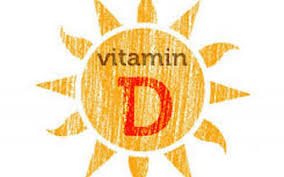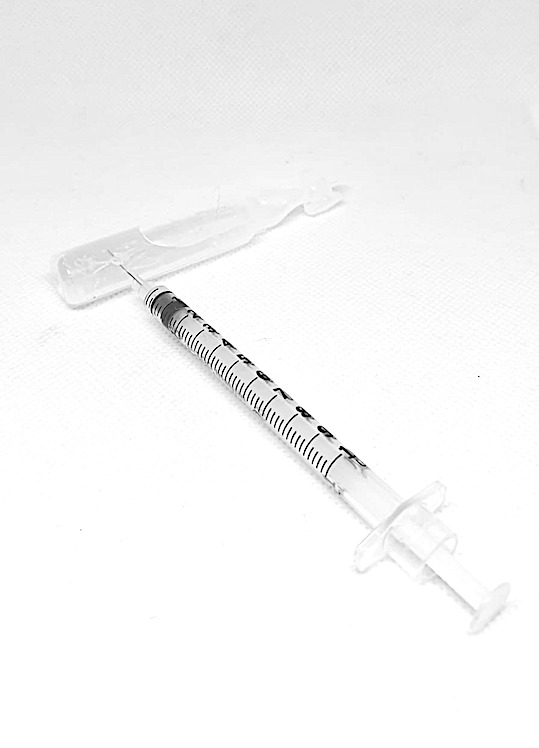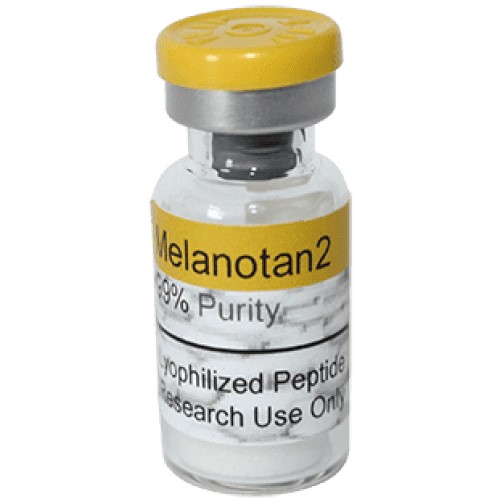
Can Sunbeds Boost Your Vitamin D Levels This Winter?

With Sunlight in Short Supply During Winter, Are Sunbeds a Good Source of Vitamin D?
As the winter months set in, shorter days and limited sunlight can make it hard to get enough vitamin D, which our bodies rely on to support bone health, immune function, and even mood. While supplements are often recommended, many wonder if sunbeds could be an effective option to boost vitamin D levels. But how reliable are sunbeds for vitamin D production, and are they safe?
Here’s what the research says about using sunbeds as a winter vitamin D source.
Why We Need Vitamin D in Winter
Vitamin D, often called the “sunshine vitamin,” is produced when our skin is exposed to UVB rays from the sun. It helps regulate calcium, promoting strong bones and supporting the immune system. Studies have even shown links between vitamin D levels and a lower risk of some chronic diseases, including cancer.
In winter, reduced sunlight means our skin doesn’t receive enough UVB to produce the vitamin D we need. For those in northern regions, the UVB light from the sun is often too weak from October through March, making it challenging to reach optimal vitamin D levels.
Common Vitamin D Sources
With sunlight limited, you can turn to certain foods and supplements. Foods like fatty fish (salmon, mackerel), red meat, egg yolks, and fortified cereals provide some vitamin D. Supplements are also a common option, with the British Association of Dermatologists recommending 10 micrograms (400 IU) per day for most adults. However, these sources may not be sufficient for everyone, especially in winter.
Can Sunbeds Provide Vitamin D?
Studies Supporting Sunbeds for Vitamin D Several studies suggest that sunbeds can effectively stimulate vitamin D production. A study published in Anti-Cancer Research found that sunbeds with UVB light increase vitamin D levels similarly to sunlight. Here are some of the findings:
- Bi-weekly Sunbed Use: One study showed that people who used sunbeds twice a week saw significant vitamin D increases, similar to levels achieved through regular sun exposure in sunny climates.
- UVB Concentration: Studies indicate that sunbeds with UVB concentrations between 2.2% and 4.2% mimic sunlight effectively, raising vitamin D levels.
- Sustained Vitamin D Levels: Research also found that vitamin D levels remained elevated for 6-8 weeks after stopping sunbed sessions, while levels from dietary supplements tend to fluctuate.
Comparing Sunbeds to Other Vitamin D Sources
While foods and supplements are safe options, sunbeds may offer a unique benefit by sustaining vitamin D levels over time. Here’s a quick comparison of each source:
- Sunbeds: Effective in raising vitamin D, especially during winter when UVB light is limited. However, safety precautions are essential to avoid skin damage.
- Dietary Sources: Good for a small boost, but typically not enough to meet daily vitamin D needs alone.
- Supplements: An easy, controlled source but may require daily use and monitoring.
Are Sunbeds Safe for Vitamin D Production?
Though effective, sunbeds come with some risks. The UV exposure from sunbeds can increase skin cancer risks and cause premature aging. However, some studies suggest that moderate, controlled sunbed use (as little as 15-20 minutes a week) can help boost vitamin D levels without high risks if used responsibly.
Tips for Safe Sunbed Use:
- Use a Timer: Limit sessions to 10-20 minutes to avoid overexposure.
- Choose UVB-Emitting Sunbeds: Only use beds designed with appropriate UVB levels for vitamin D synthesis.
- Space Out Sessions: Allow a few days between sessions to minimize skin exposure.
Final Thoughts: Should You Use Sunbeds for Vitamin D?
If you’re looking for a vitamin D boost in winter and find it challenging to get enough from food or supplements, sunbeds could be an effective option, provided they’re used carefully. However, always weigh the benefits with potential skin risks and consult a healthcare professional before starting regular sunbed use for vitamin D. A balanced approach with a mix of diet, supplements, and careful UV exposure can help you maintain healthy levels throughout winter.
By understanding your options and managing sunbed use responsibly, you can stay on top of your vitamin D needs and stay healthy, even during the darker months of the year.








This Post Has 0 Comments